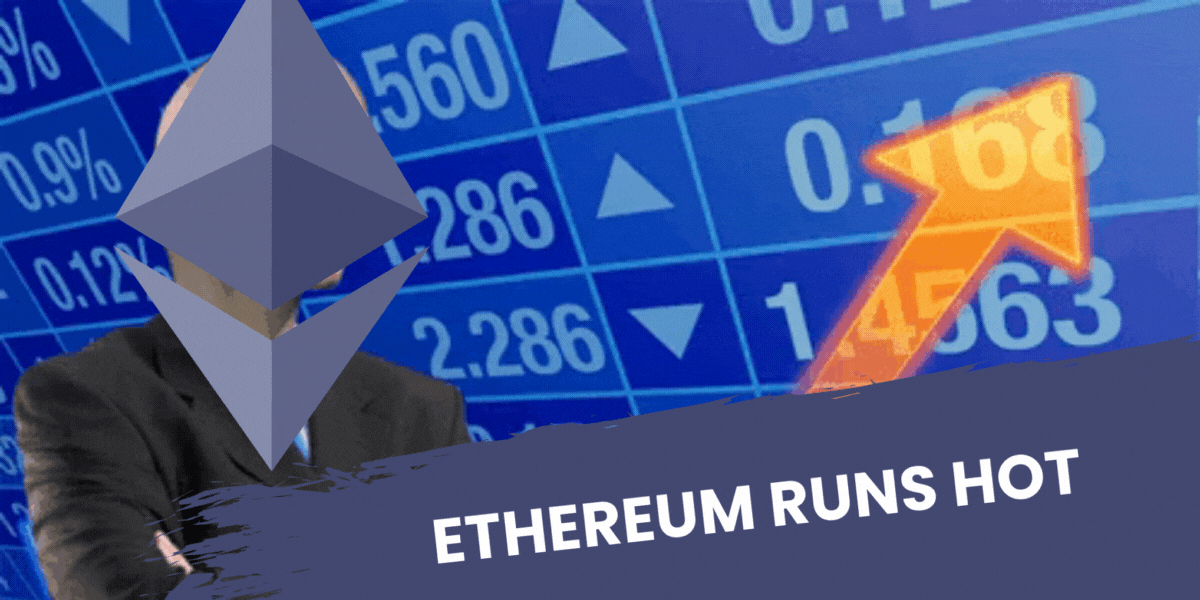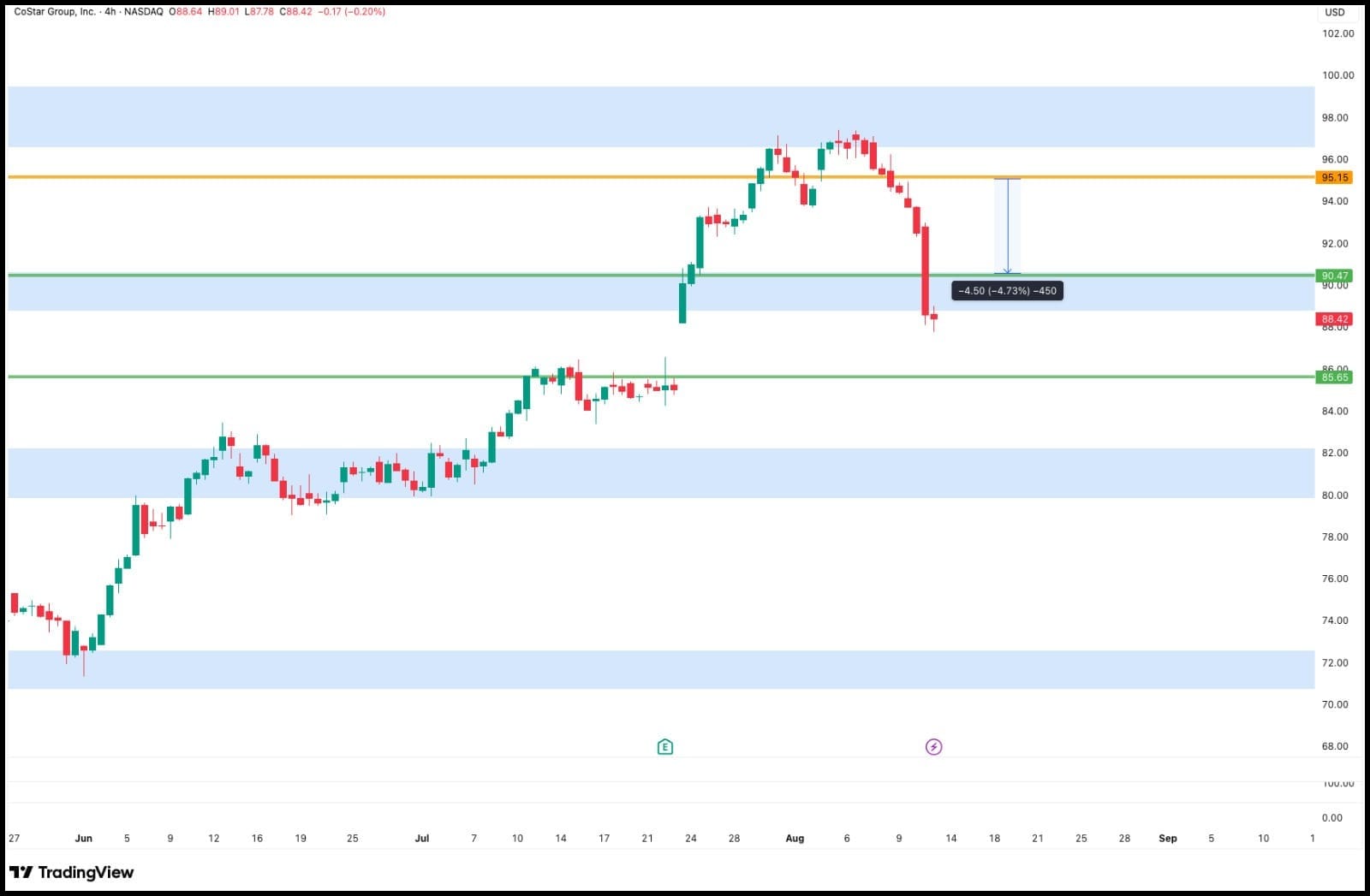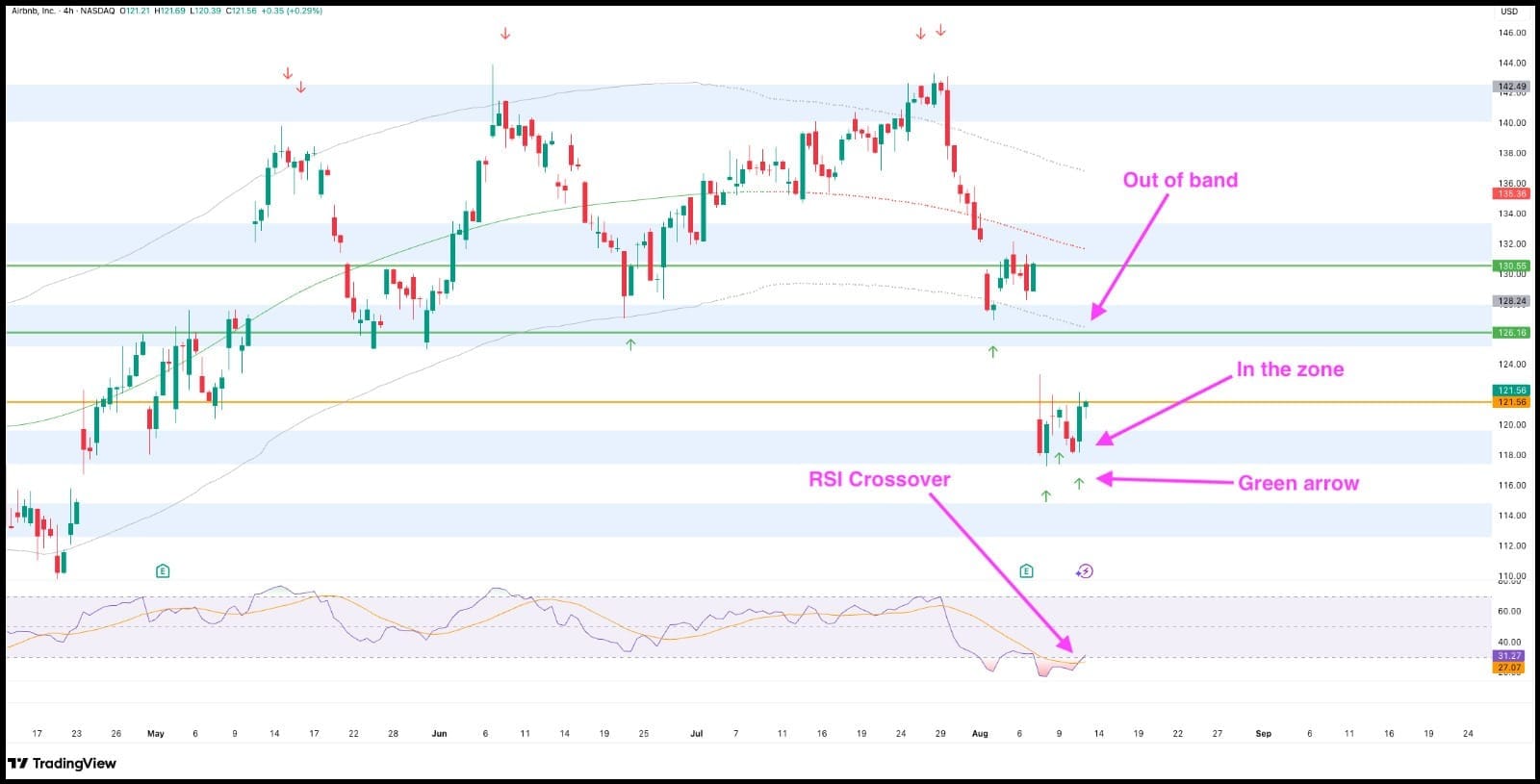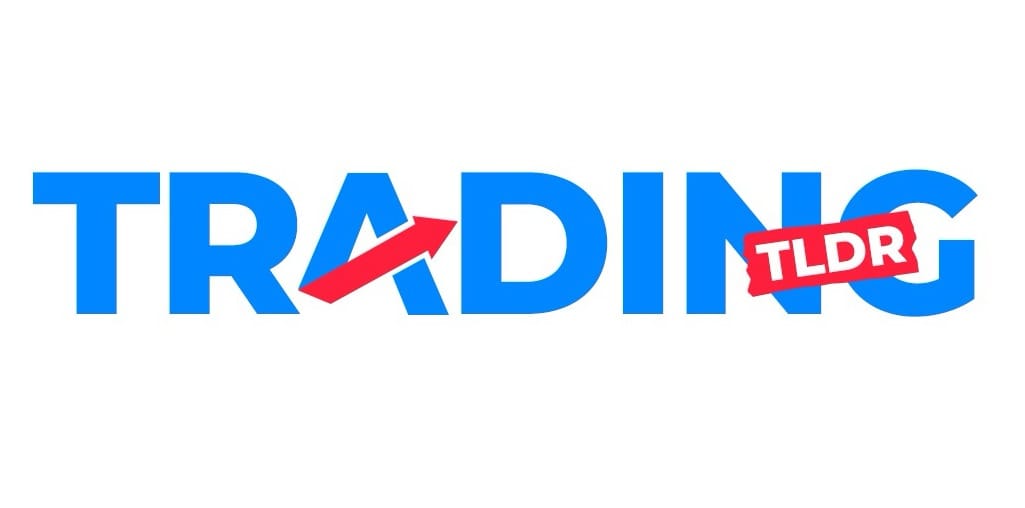Ethereum Runs Hot
....................................................................................................................


Good morning - day after the CPI, and the market’s still humming.
Yesterday’s inflation report clocked in at 2.7% headline CPI, lighter than forecast, while core inflation nudged up to 3.1% - lifting hopes that the Fed might ease rates sooner rather than later.
To get updates on what's moving markets, head over to the crucial updates section below.
This week, it’s all about whether momentum stays bullish or if inflation’s nuances turn the tape.

⏰ CPI Countdown Keeps Traders on Edge
With July inflation due, tariff pressure mounting, and Fed policy in play, futures barely budge - volatility may be just hours away.
🫘 Soybean Futures Fall on Extended US–China Negotiations
Traders pull back bets as Trump’s tariff truce pushes potential grain-buying agreements into late 2025.
💻 Intel Rallies on Trump Talks
Lip-Bu Tan’s “interesting” meeting with the president fuels hopes for cooperation on US tech and manufacturing.
🚨 Bitcoin Bulls Face $95K Warning as Momentum Stalls
A sharp rejection near $122K raises fears of a markdown phase, with $100K no longer feeling safe.
📈 Ethereum Surges Toward Flippening as Bitcoin Dominance Cracks
ETH breaks $4,300 with chart targets as high as $10K–$20K, fueling altcoin season hype.
⏸️ Tariff Pause Lifts Asia, But Inflation Data Could Steal the Show
Traders brace for U.S. CPI release as Fed rate-cut hopes clash with stagflation risks.
⛔ No Tariff on Gold
Tariff threat dies, but gold futures still sinks 2.4%.

CoStar Group (NASDAQ: CSGP) - TP!
Our short position on CSGP hit TP1 exactly as planned.
Locking in a clean move of 4.73% gains before leverage.

From the moment price broke under our key level.
Momentum stayed heavy.
Every bounce was weak, sellers kept control, and the chart followed through right into our first target.
That’s why we mark these zones ahead of time.
So when price gets there, we’re ready to cash in without hesitation.
Off to the next!
Recommendation: Airbnb Inc. (NASDAQ: ABNB)
Airbnb just gave us the kind of setup we like.
Clean, obvious, and backed by momentum.
Price has been pressing against a key zone, and today it’s finally showing the strength we were waiting for.
Buyers are stepping in, the structure is holding, and the path to our targets is clear.
Buy at $121.56.

🎯 Targets:
Buy: $121.56
TP1: $126.16
TP2: $130.55
We’re here to ride a wave that’s already forming.
And ABNB looks ready to deliver it.

If the Game’s Rigged, Learn the Rules
A lot of traders look at AI and high-frequency algorithms and think, “What’s the point? The big guys have already won.”
And sure - those bots can execute thousands of trades in the time it takes you to sip your coffee.
But here’s the truth: the market has always had an uneven playing field.
The traders who thrive aren’t the ones whining about the rules - they’re the ones who learn them and adapt.
You don’t need to beat the robots at their own game.
You just need to understand where they’re strong, where they’re weak, and where you can win.
That means focusing on time frames they don’t dominate, strategies they can’t replicate, and the psychology they can’t touch.
The right trading newsletters can be your inside track - showing you the setups, patterns, and market behaviors that work in the real world, even in the age of AI.
Once you know the rules, you can stop playing the victim and start playing the game.
👉 Get the playbook and trade smart—even in a “rigged” market.

Qstick Indicator
The Qstick indicator, or Quick Stick, is a technical analysis tool that measures the relationship between an asset's opening and closing prices over a specific period.
It is essentially a moving average of the difference between the close and open prices, helping traders to gauge the prevailing buying or selling pressure.
What to Look For
- Above Zero Line: A positive Qstick value indicates that the average close price is higher than the average open price for the period. This suggests that buyers are in control and are consistently pushing the price higher before the close, which is considered a bullish signal.
- Below Zero Line: A negative Qstick value indicates that the average close price is lower than the average open price. This suggests that sellers are in control and are consistently pushing the price lower before the close, which is considered a bearish signal.
- Zero Line Crossovers:
- Crossing above the zero line can be a buy signal, indicating a shift from bearish to bullish momentum.
- Crossing below the zero line can be a sell signal, indicating a shift from bullish to bearish momentum.
- Trend Confirmation:
- Rising Qstick in an uptrend confirms the strength of the bullish trend.
- Falling Qstick in a downtrend confirms the strength of the bearish trend.
- Divergence:
- Bullish Divergence: If the price makes lower lows, but the Qstick makes higher lows, it can signal weakening selling pressure and a potential bullish reversal.
- Bearish Divergence: If the price makes higher highs, but the Qstick makes lower highs, it can signal weakening buying pressure and a potential bearish reversal.
- Lag: As the Qstick is a moving average, it is a lagging indicator. It works best when used in conjunction with other leading indicators or price action analysis.

The Real Enemy Is Bad Losses
Losses?
They’re part of the trading game.
Every trader will get served an “L”.
Bad losses?
That’s where the trouble starts.
See, a normal loss is just business.
It’s the cost of taking calculated risks in the market.
You enter a trade with a plan, it doesn’t work out, you exit, and you move on.
No hard feelings.
But bad losses?
Those are different.
They creep in when:
- The market takes more from you than you take from it.
- You’re trading just to recover what you’ve lost instead of waiting for a high-probability setup.
- You ditch risk management because you “feel” this trade has to work.
Once you start chasing losses or abandoning discipline, you’re not trading anymore — you’re gambling with your account balance. And the market always wins against gamblers.
The truth?
Bad losses don’t happen in a single moment; they build up from small lapses in discipline.
Ignore your stop-loss here, add “just a little more” to a losing trade there — and before you know it, your PnL is dancing to a tune you didn’t choose.
If you want to be consistently profitable, you must treat risk management like oxygen.
No matter how good your setup looks, no matter how much you want to make it back - protect your capital first.
The market doesn’t care about your feelings, your last loss, or your “need” to win. But it will respect a trader who respects their rules.
Bottom line: Losses are inevitable. Bad losses are optional.
Which will you choose?





